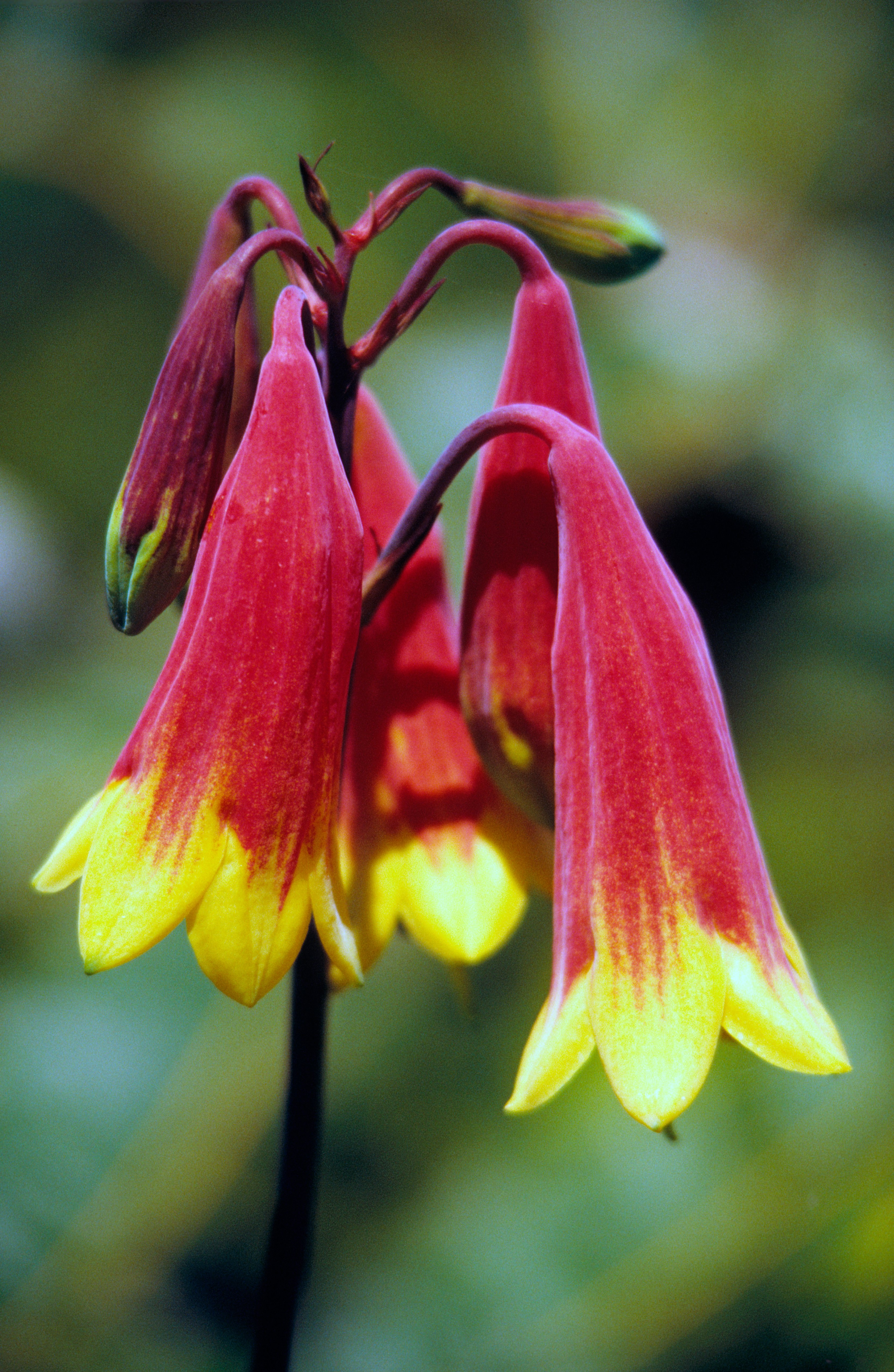While the smoke is still lingering in the bushfire-hit regions in Australia, the emergence of new growth has brought hope and joy to the residents. The recent bushfires have created a perfect condition for the blooming of some native wildflowers including the Christmas bell, as the fire can open an area up, allowing seeds to germinate, as long as it's not too hot.

Christmas bell /VCG Photo
Christmas bell /VCG Photo
The plant, scientifically named Bladfordia nobilis, is a protected species in Australia. They usually grow in poor sandy soil. They are not really good competitors when there are other plants around. But after a fire, the plant can get more nutrients from the ash and there is less competition. Plus, they have an underground rhizome that helps them recover quickly after being burnt. That's why you can always spot this lily-based flower sprout in the burnt-out bush.